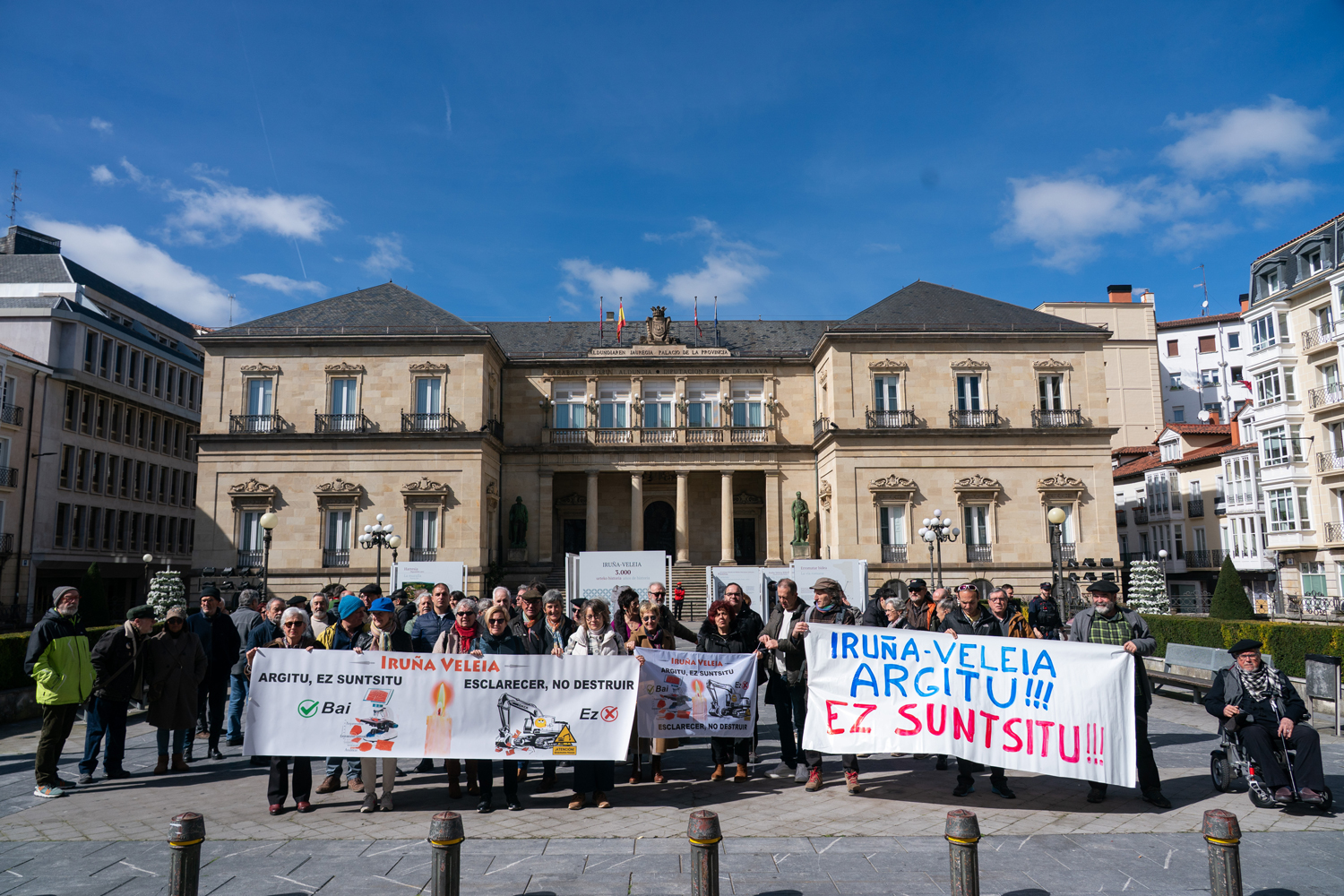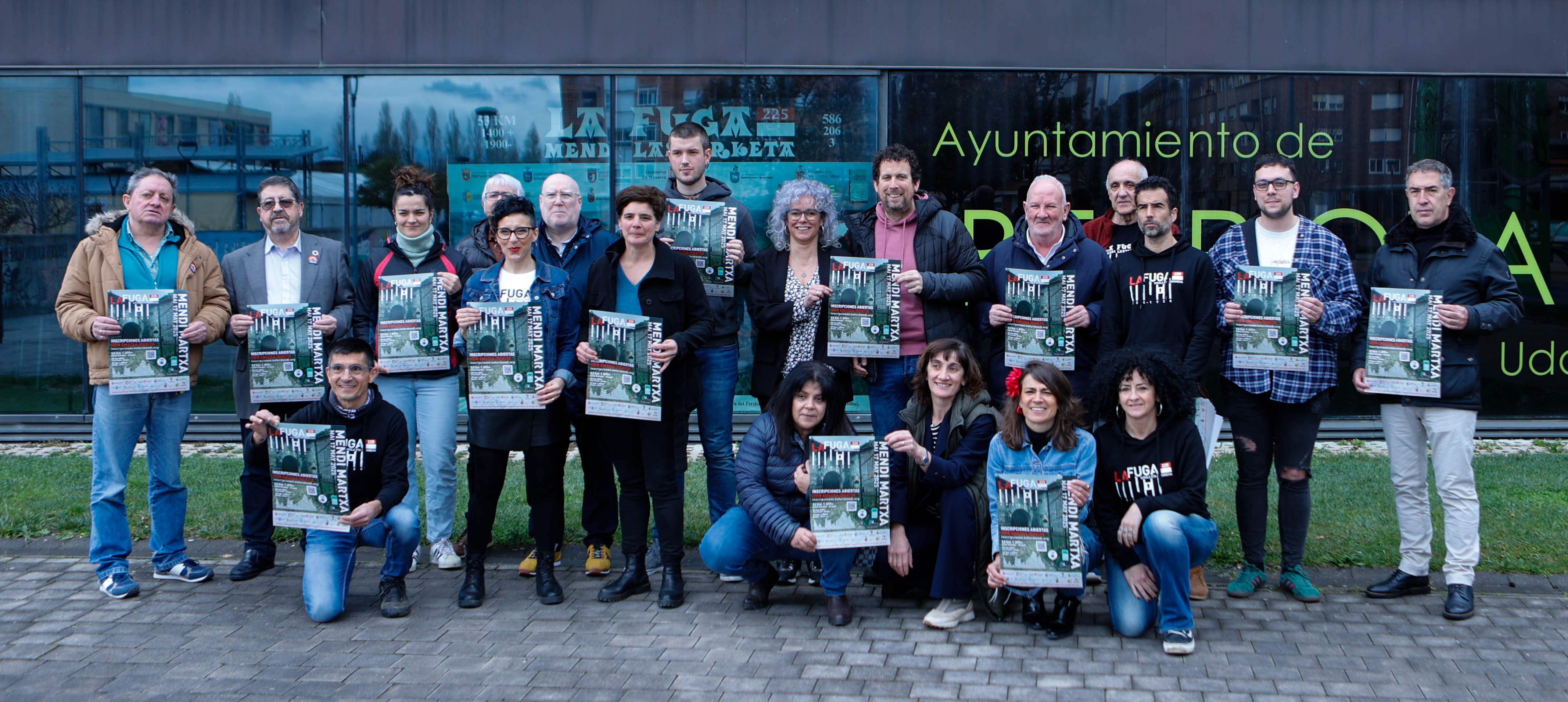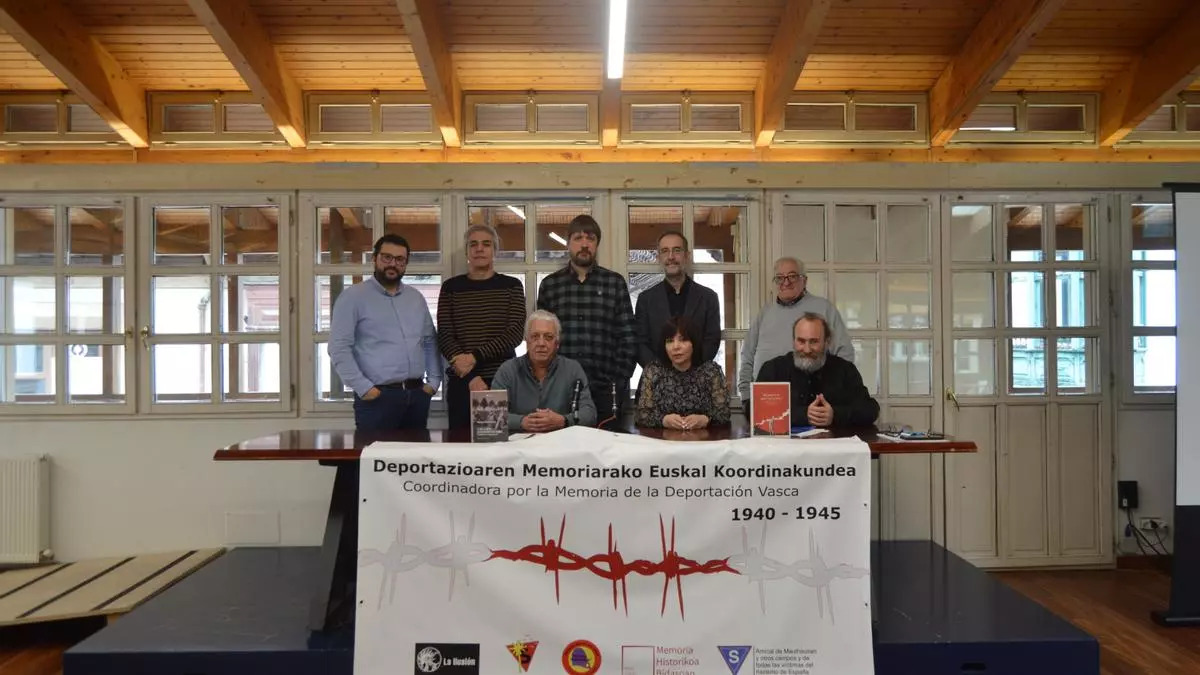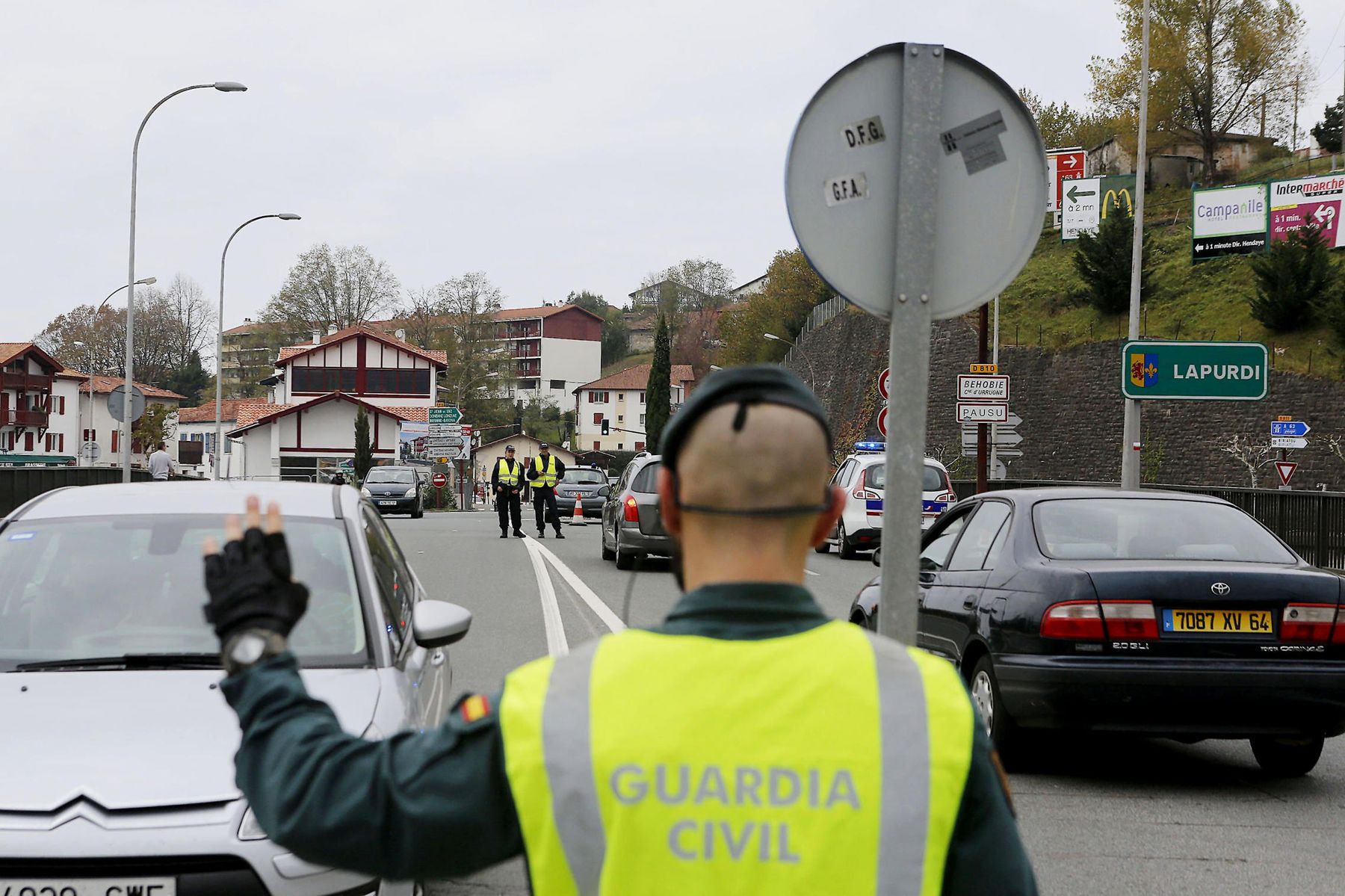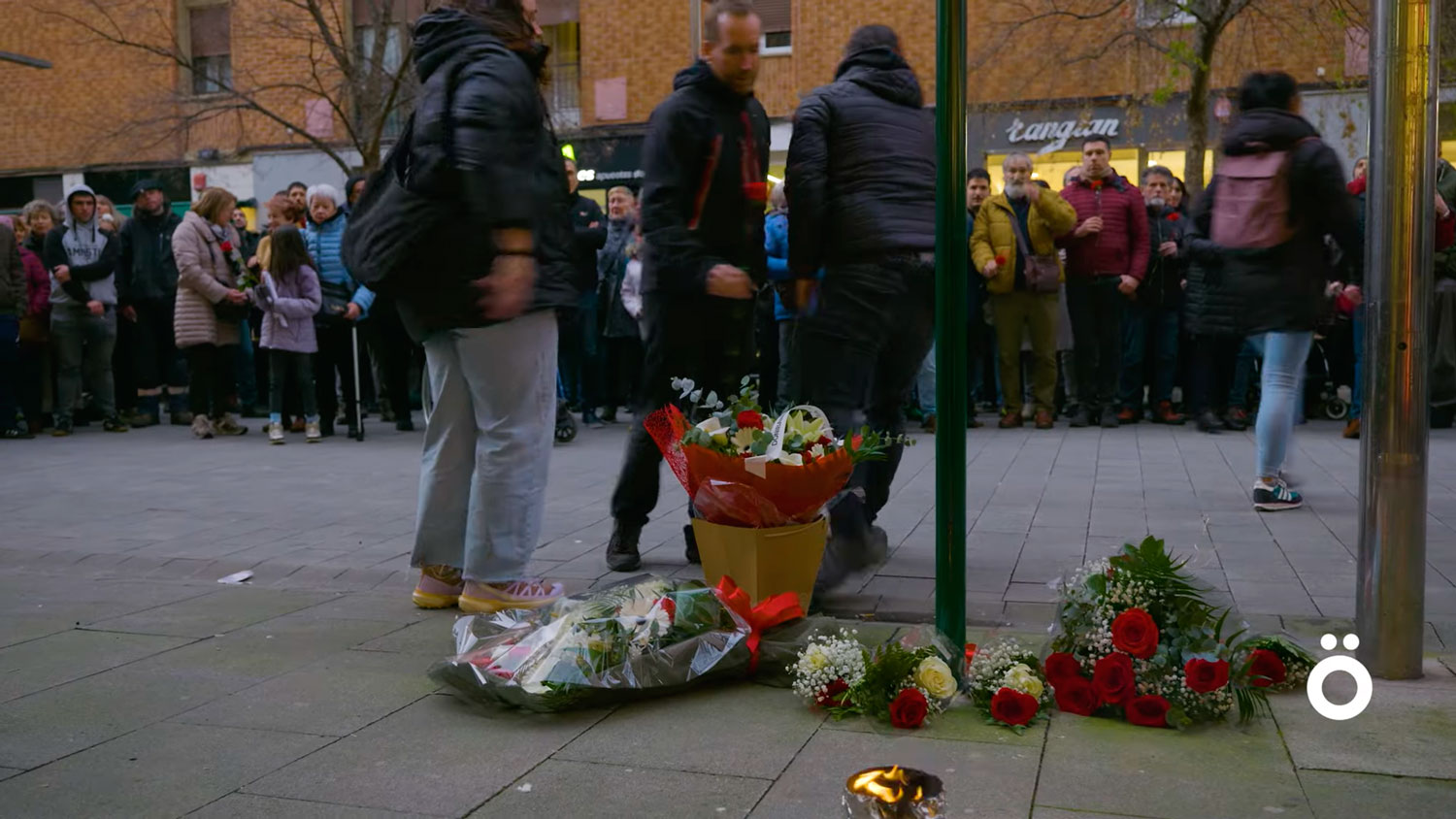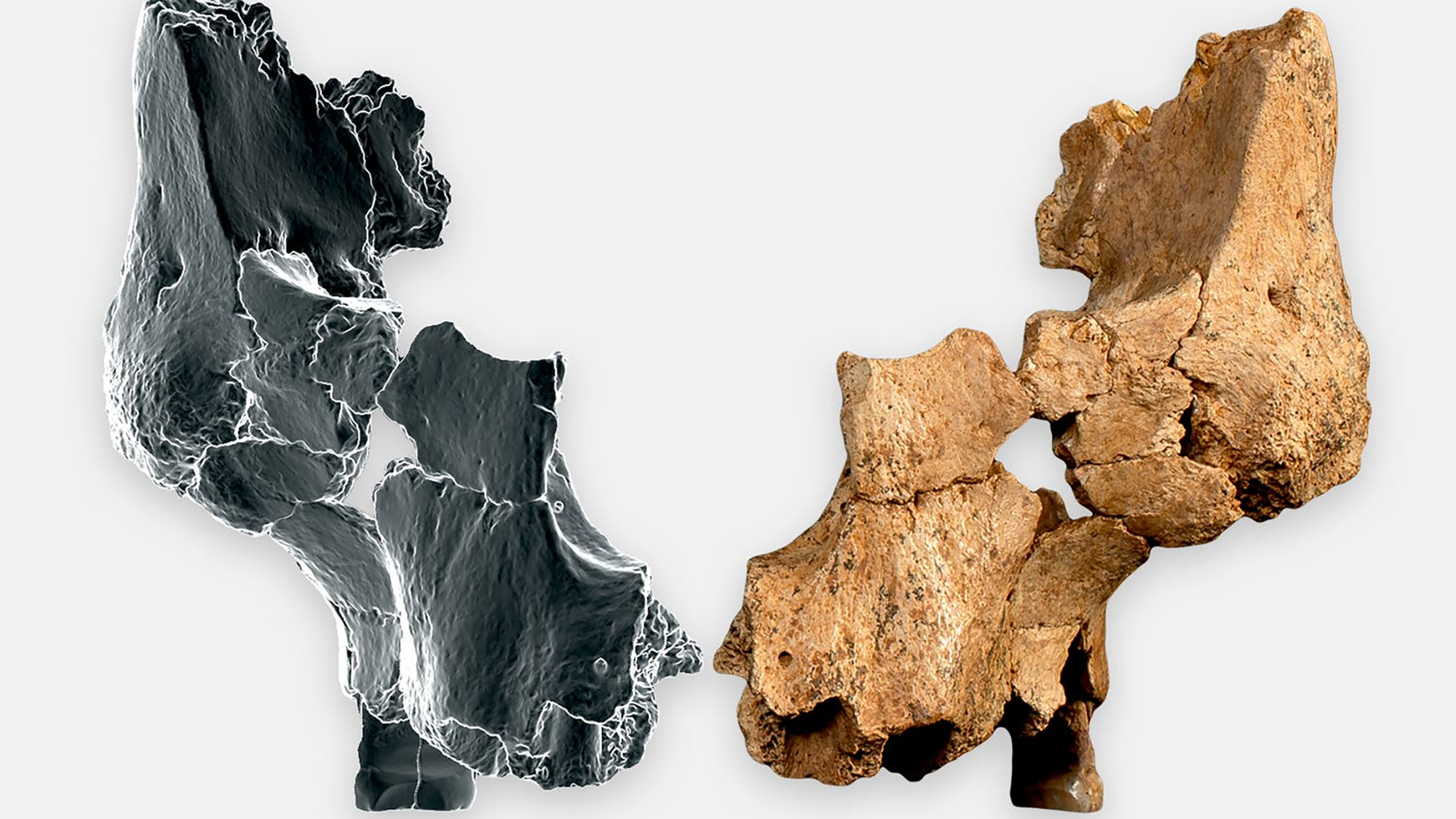Violence, endogamy and smallpox in Treviño
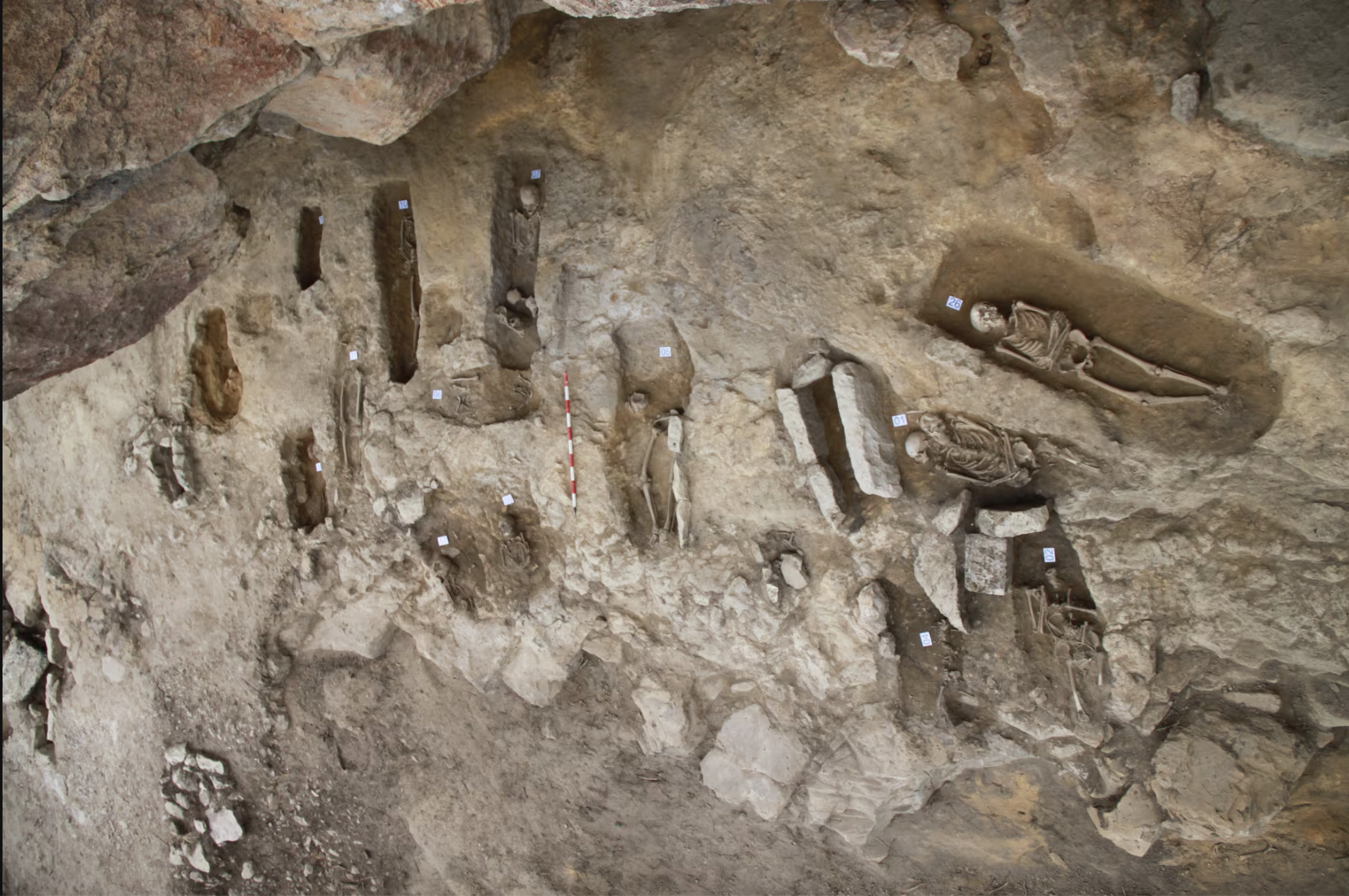
Treviño, 6th century. A group of hermits began living in the caves of Las Gobas and excavated new caves in the gorge of the Laño River, occupied since prehistory. In the next century, the community began to use one of the caves as a necropolis. In the 9th century they left the caves and the living descended into the valley, but the dead continued to bury there until the 11th century.
In the necropolis, a total of 41 corpses have been found. Agustín Azkarate of the UPV and Lourdes Herrasti of Aranzadi, among others, have investigated the remains and have concluded that at the beginning of this community there was a high degree of violence due to the swords wounds suffered by two of their founders.
Recently, a researcher at the Paleogenetics Center of the University of Stockholm, led by Ricardo Rodríguez Varela, has incorporated genetic research into previous works and the results have been published in the journal Science Advances. In total, the DNA has been obtained from 39 individuals on average. Through it, it has been concluded that the degree of consanguinity among the deceased was high. The two individuals wounded by the sword were cousins and, in general, all those buried there had a relationship with at least one other person in the community. That is, endogamy was a high-level community, especially in the first phase, before its members descended into the valley.
Moreover, although in the seventh century the Muslims arrived in the area and were close to the border between Christians and Muslims of Las Gobas, the influence was not remarkable. The genetic component of North Africa grew slightly over the next five centuries, but it was much smaller than that of other communities living further south. Adding this information to the endogamy, it is evident that the community of Las Gobas was very isolated.
The genetic component of North Africa grew slightly over the next five centuries, but it was much smaller than that of other communities living further south. Adding this to the endogamy, it is clear that the community of Las Gobas was very isolated
Agustín Azkarate had already realized this before the genetic analysis, since in other nearby Vascophonous tombs such as Aldaieta's funeral customs are very different; in the cases of around the dead people were buried with rich boughs of objects and those of Las Gobas are much simpler.
The genetic study has also provided information on the diseases in which the cases of these individuals occurred. Viral diseases rgenes rarely leave a trace in the DNA and, therefore, pathologies caused by bacteria have been found. Most of the cases found are zoonoses, i.e. infected diseases in animal relations, which means that livestock activity was important for the population of these artificial caves.
Where did smallpox come from?
The study reveals that an individual in the necropolis suffered smallpox and that the finding is especially important to determine the evolution of this disease. This is the oldest case found so far in southern Europe. Scientists have long discussed how smallpox was introduced into the Iberian Peninsula.
According to several theses, the Baztanga entered the south, coming from a mission carried out by Muslims. But on the one hand, the study shows that the African genetic footprint was very scarce in the community.
On the other hand, the strain of Baztanga discovered in Las Gobas coincides with the strain of the same time discovered in Scandinavia, Germany and Russia. Therefore, we cannot attribute to the Muslims who have brought to our country one of the diseases that have caused the most deaths throughout history.
Iruña-Veleia auzia “behin betiko” argitzea eskatu dute martxoaren 30ean, Gasteizen egindako manifestazioan. Iruña-Veleia argitu, ez suntsitu plataformak aztarnategian egindako “txikizioak” salatu ditu eta Arabako Foru Aldundiaren ardura... [+]
Kirola eta oroimena uztartuko dituzte, bigarrenez, mendi-martxa baten bitartez. Ez da lehiakorra izanen, helburua beste bat delako. La Fuga izeneko mendi martxak 1938ko sarraskia gogorarazi nahi du. Ezkabako gotorlekuan hasi eta Urepelen amaituko da. Maiatzaren 17an eginen dute.
Bilbo, 1954. Hiriko Alfer eta Gaizkileen Auzitegia homosexualen aurka jazartzen hasi zen, erregimen frankistak izen bereko legea (Ley de Vagos y Maleantes, 1933) espresuki horretarako egokitu ondoren. Frankismoak homosexualen aurka egiten zuen lehenago ere, eta 1970ean legea... [+]
Fusilamenduak, elektrodoak eta poltsa, hobi komunak, kolpismoa, jazarpena, drogak, Galindo, umiliazioak, gerra zikina, Intxaurrondo, narkotrafikoa, estoldak, hizkuntza inposaketa, Altsasu, inpunitatea… Guardia Zibilaren lorratza iluna da Euskal Herrian, baita Espainiako... [+]
Deportazioaren Memoriarako Euskal Koordinakundeak aintzat hartu nahi ditu Hego Euskal Herrian jaio eta bizi ziren, eta 1940tik 1945era Bigarren Mundu Gerra zela eta deportazioa pairatu zuten herritarrak. Anton Gandarias Lekuona izango da haren lehendakaria, 1945ean naziek... [+]
Guardia Zibilaren historia bat - Hemendik alde egiteko arrazoiak izenburupean, datorren astean argitaratuko dugun 305. LARRUN aldizkariaren pasarte batzuk dira ondorengoak, erakunde armatuaren sorrera garaietan girotutakoak.
Iazko uztailean, ARGIAren 2.880. zenbakiko orrialdeotan genuen Bego Ariznabarreta Orbea. Bere aitaren gudaritzaz ari zen, eta 1936ko Gerra Zibilean lagun egindako Aking Chan, Xangai brigadista txinatarraz ere mintzatu zitzaigun. Oraindik orain, berriz, Gasteizen hartu ditu... [+]
Eskultura grekoerromatarrek bere garaian zuten itxurak ez du zerikusirik gaurkoarekin. Erabilitako materiala ez zuten bistan uzten. Orain badakigu kolore biziz margotzen zituztela eta jantziak eta apaingarriak ere eransten zizkietela. Bada, Cecilie Brøns Harvard... [+]
Japonia, XV. mendea. Espioitzan eta hilketa ezkutuetan espezializatutako eliteko talde militarra sortu zen. Edo horixe uste du behintzat Stephen Turnbull historialari britainiarrak. Beste aditu batzuen ustez, askoz lehenago sortu ziren ninjak, duela 2.300-2.500 urte inguru. Eta... [+]
Aranzadi Zientzia Elkarteko Etnografia Sailaren zuzendari berria da Maite Errarte Zurutuza (Beasain, 1995), urrian Fermin Leizaolaren lekukoa hartu ondoren. Kultura materiala aztertzen jarraitzeko beharra azpimarratu du, gizartearen memoria eta bizimodu aldaketak erregistratzeko... [+]
Gogora Institutuak 1936ko Gerrako biktimen inguruan egindako txostenean "erreketeak, falangistak, Kondor Legioko hegazkinlari alemaniar naziak eta faxista italiarrak" ageri direla salatu du Intxorta 1937 elkarteak, eta izen horiek kentzeko eskatu du. Maria Jesus San Jose... [+]
Familiak eskatu bezala, aurten Angel oroitzeko ekitaldia lore-eskaintza txiki bat izan da, Martin Azpilikueta kalean oroitarazten duen plakaren ondoan. 21 urte geroago, Angel jada biktima-estatus ofizialarekin gogoratzen dute.
Atapuercako aztarnategian hominido zahar baten aurpegi-hezur zatiak aurkitu dituzte. Homo affinis erectus bezala sailkatu dute giza-espezieen artean, eta gure arbasoek Afrikatik kanpora egindako lehen migrazioei buruzko teoriak irauli ditzake, adituen arabera.











